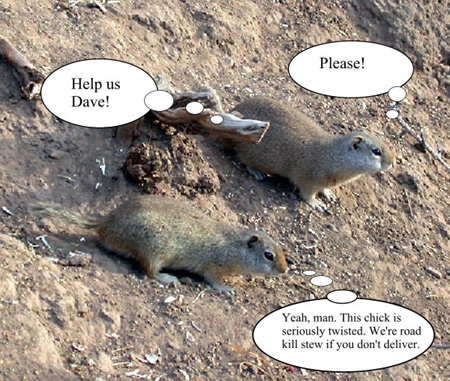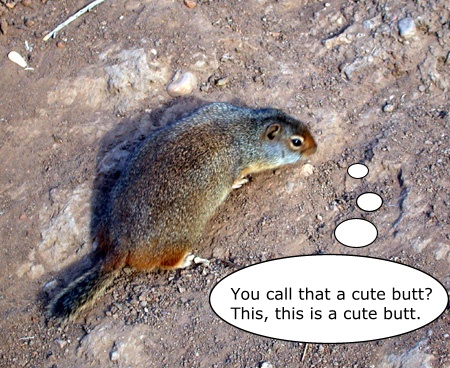Recovered from the Wayback Machine.
Phil pointed to a weblog entry that mentions adding an HTML element just for marking untrusted content in a page. With this, Google would then know not to use any links within that section for page ranking.
The concept behind this new addition is that without getting the page rank boosts, the bad mans would give up spamming weblogs and email lists, and the rest of us could go back to exchanging pleasant civilities with one another.
What an interesting idea. Sort of a page rank BLINK element. I can see it now*:
You can also check some helpful info dedicated to…
*BLINK*
Please check out the sites about…
*BLINK*
You may find it interesting to check out some information in the field …
*BLINK*
But why stop at comment spammers? For instance, I’m really pissed that Dave Winer drove right by my state and didn’t offer to stop in and say hi. Mortally wounded. So I think I’ll just enclose any links to his posts within page rank BLINK tags, because I no longer trust him.
In fact, my job here isn’t to promote other people’s writing and sites– my job here is to promote ME. It is all about ME. So why don’t I just wrap all my posts in BLINK tags, and then I don’t have to worry about doing it individually?
After all, this isn’t generating harm to a site, like Vote Links. We’re not taking away a person’s positive link juice; we’re just denying the person positive link juice. No harm in that.
And there are so many other new elements that we could add to HTML to help Google do its job:
The BUTTHOLE tag. This can be used when linking to a butthole. Then when the person’s page shows up in Google, a disclaimer can be attached to the results saying something like, “Someone somewhere thinks this person is a butthole. Proceed accordingly”.
(Of course, we could also call this the WEBLOG tag — most of us are buttholes to someone at some time or another, or we’re not trying hard enough.)
The SICKOPERVERTPREVENTION tag. This can be used to surround content that contains words that will most likely end up in some sick Google search phrase–words like porn, whip, sex, balls, breasts, and sheep.
The DISCLAIMER tag. This can be used to surround libelous content. Then when you’re sued, you can point to the page and say, “See? I used the DISCLAIMER tag. This means I was only joshin’ when I published the content.”
The SUCKUP tag. This is my personal favorite. Use this when referencing a specific individual who you want to suck up to. It could be anyone, from a rock star to a weblogger who has more link juice then you (that is, if they still have link juice with the use of BLINK). We all know that some folks suck up to other folks, but there’s nothing in the writing to prove it. Now we can remove any doubt that sucking up is happening.
Best of all, when the individual searches in Google for people who are sucking up to them, they’ll get back your page. Think of the miscommunications this can prevent?
HTML could get a bit messy with all these BLINK, SICKOPERVERTPREVENTION, DISCLAIMER, SUCKUP, and so on elements — but we just helped eliminate FONT through the use of CSS. Plenty of room for new growth.
Of course, there’s always spoil sports in any grand idea. You know who I’m talking about: they’re the ones who think that adding to the underlying specification in order to accomodate one specific application could lead to markup bloat. Yeah, and they probably also think that the bad guys could route around these new elements anyway. No f**cking fun. (We also need a CONTAINSBADWORDS element, too, now that I think on it.)
Personally, I think we should just BLINK away these naysayers.
*All text examples are from actual comment spams filtered by my absurdly simple and amazingly effective comment spam moderation technique. Patent pending. For licensing, inquire within and bring money. Lots and lots of money.


